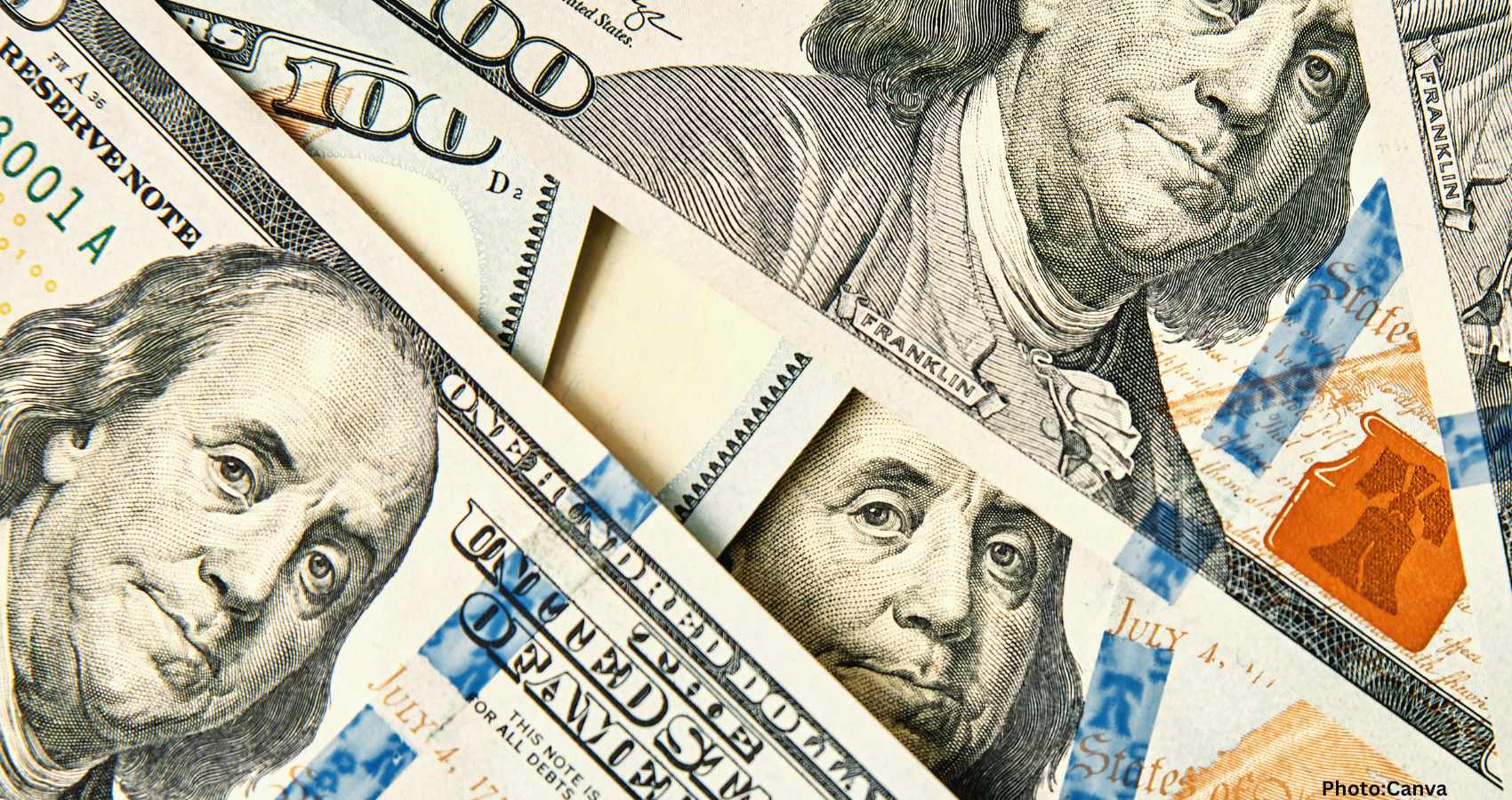The U.S. dollar is experiencing its worst start to the year in over 50 years, raising concerns about inflation, increasing prices for consumers, and impacting international travel.
The U.S. dollar is facing its most challenging start in more than five decades, with substantial ramifications for the economy and consumers. This year, the dollar has lost over 10% of its value against a basket of foreign currencies that are integral to U.S. trade relationships.
This decline is largely attributed to growing investor anxiety over the potential for inflation to devalue the currency. Contributory factors include a major spending bill passed by Congress, which could exacerbate the longstanding issue of U.S. debt, as well as President Donald Trump’s unpredictable trade policies and criticism of the Federal Reserve. These elements have collectively cast doubt on the stability of the U.S. economy and diminished the dollar’s reputation as a “safe haven” asset, analysts told ABC News.
The fundamentals of currency value, such as supply and demand, have turned against the U.S. dollar. Historically, the dollar has been resilient due to consistent demand rooted in the perceived strength and stability of the U.S. economy. During times of global economic or political instability, investors typically view the U.S. dollar as a secure asset, leading to increased demand. However, recent concerns about inflation and economic policy are driving this downward trend.
The inflation concerns, partly fueled by Trump’s tariff policies, suggest that importers might pass on increased costs to consumers, resulting in higher prices. Additionally, as U.S. debt continues to grow, the Treasury might issue bonds, which could contribute to inflation. If inflation erodes the value of U.S. Treasuries, central banks and investors may shift their assets away from U.S. holdings towards alternatives like gold or foreign currencies, noted Paolo Pasquariello, a finance professor at the University of Michigan.
As the dollar weakens, consumers are likely to face higher prices for imported goods. Importers would need to raise their prices because each dollar holds less purchasing power, explained Richard Michelfelder, a professor at Rutgers University. This situation could drive up the cost of everyday items, especially those purchased online from overseas.
Similarly, the depreciation of the dollar makes U.S. travel abroad more expensive. With decreased exchange rates, travelers will find their expenses increase as their dollars convert into fewer foreign currency units.
Despite the challenges, a weaker dollar does present some advantages. Lower relative costs for U.S. goods on international markets could boost exports as American products become more competitively priced for foreign buyers. This boost could positively impact employment in sectors such as automotive manufacturing and advanced technology.
Furthermore, the stronger foreign currencies relative to the dollar could attract more international tourists to the U.S., benefiting the hospitality sector and related industries.
While the U.S. dollar’s decline raises complex economic challenges, it also offers potential benefits across various sectors of the economy, according to ABC News.

